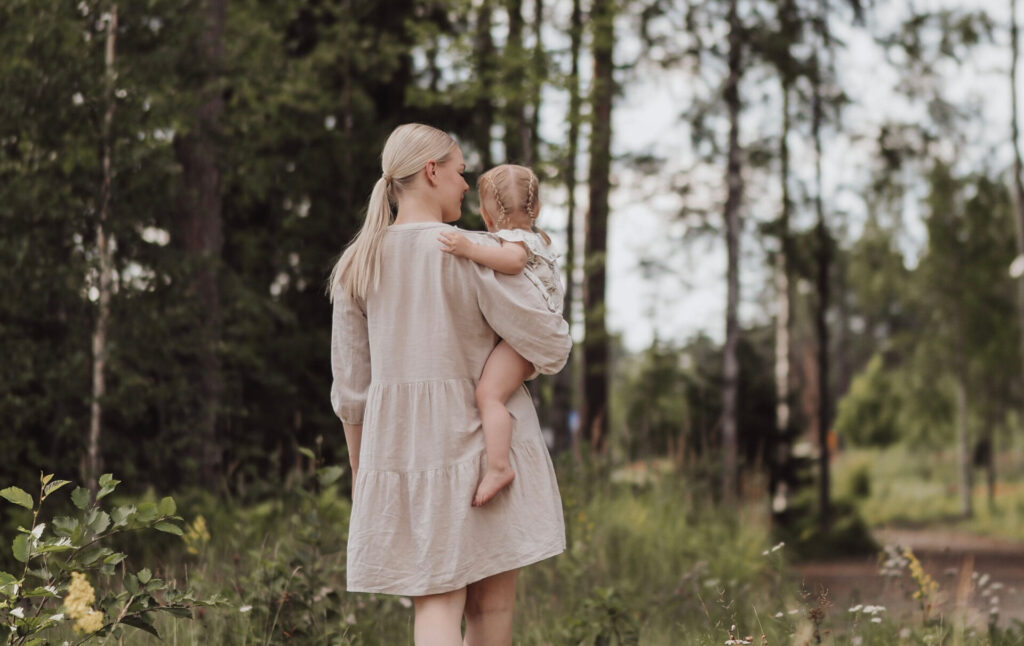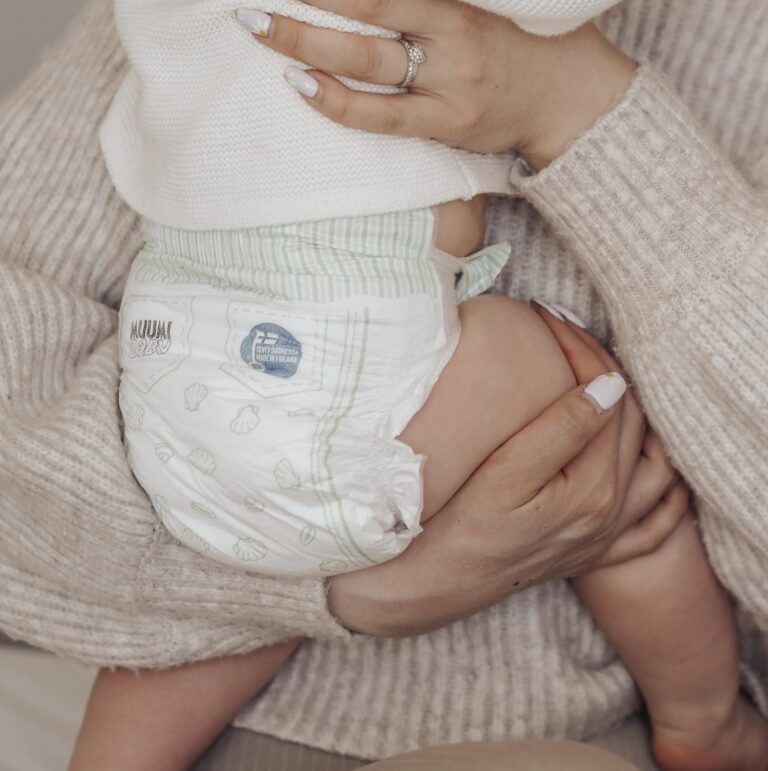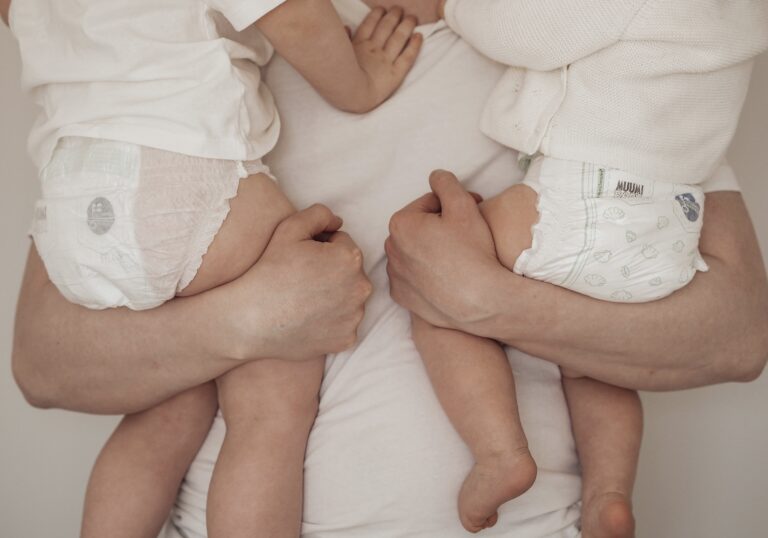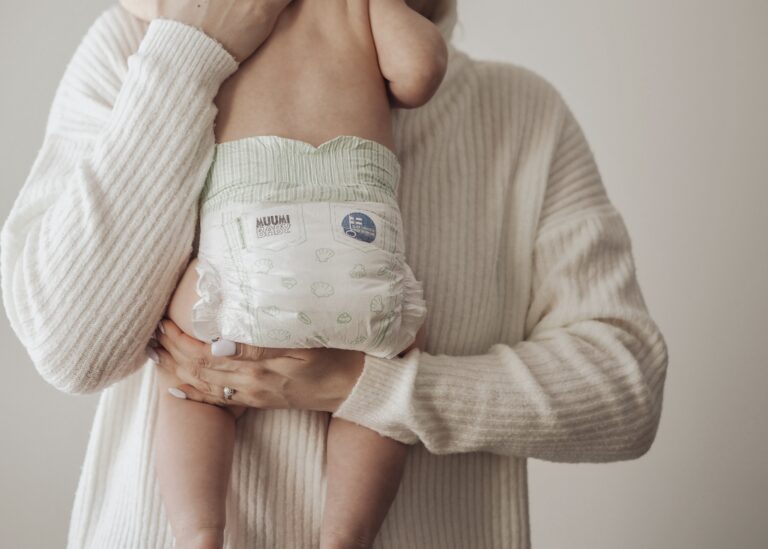Potty training is one of the most important stages in a child’s early development. It builds a child’s self-confidence and supports independence, while teaching basic life skills. Potty training reduces the need for diapers, which saves money for the family and reduces the environmental impact. The child learns to understand their body and its functions, which increases self-esteem. Successful potty training provides peace of mind and comfort for both the child and the parents, and prepares the child for daycare, where independence and self-reliance are important skills. It can also prevent future health problems such as urinary tract infections. Investing in potty training supports a child’s development in many ways and brings long-term benefits.
Identifying the right time: When to start potty training?
When to start potty training depends on the individual development of the child, but many experts recommend starting at around two years of age. Choosing the right moment is important to avoid frustration and to make potty training an enjoyable experience for all. It is a good idea to identify your child’s signs of readiness before starting training. These include interest in toileting by parents or siblings, the ability to keep the diaper dry for longer periods of time, and the child’s verbal or gestural desire to use the potty. In addition, the child’s physical development, such as the ability to sit firmly on the potty and to get up from it, are important signs of readiness. It is also important to consider the family situation. Stressful life events, such as moving or the birth of a new sibling, are not ideal times to start potty training. When the child and family are ready, the training is more likely to run smoothly and successfully, making this important stage more enjoyable for all involved.
Signs of readiness: How do you know if your child is ready for potty training?
Recognising the right time to start potty training requires paying attention to certain signs of readiness. The first sign is the child’s ability to follow simple instructions and express needs, either verbally or with gestures. The child may also express interest in the toilet visits of parents or siblings and try to imitate their behaviour. Physical skills are also key. It is important that the child can sit on the potty firmly and get up independently. Secondly, regular bowel movements and longer periods of dry diapers suggest that the child is beginning to manage urinary retention. In this case, the child’s body awareness has developed so that they can express discomfort with wet or dirty diapers, which is a sign that they may be ready for potty training. By paying attention to these signs, parents can start potty training at the right time, making the process smoother and more successful for both the child and the parents. Observing these signs carefully will help parents prepare and choose the right time to start this important stage in their child’s life.
It is important that the child can sit firmly on the potty and get up from it independently.
Choosing the right potty: What to consider?
Choosing the right potty is key to smooth and successful potty training. Here are some of the most important things to consider to ensure that your child feels comfortable and safe in the potty. First, the stability of the potty is important. Choose a potty that is sturdy and does not tip over easily so that your child can use it confidently. The size of the potty should be appropriate for your child’s age and physical size. A potty that is too big or too small can make it difficult for your child to sit up and down, so the right size is key. Comfort is another important factor. The seat part of the potty should be chosen to be anatomically shaped, which will increase your child’s sitting comfort. Preventing splashes, especially in boys’ potty seats, can prevent unpleasant surprises and make use more comfortable. Practicality is also an essential part of potty selection.
Choose a potty that is easy to clean and move if necessary. This will make it easier to use and maintain the pot on a daily basis. In addition, attractive designs can increase the potty’s appeal to the child. A potty with your child’s favourite colours, characters or even additional features such as music or toys can make the potty more exciting and enjoyable. This can encourage your child to use the potty and make potty training more fun. Once you find the perfect potty for your child that meets these criteria, potty training is likely to go much more smoothly. The potty will become a fun and attractive part of your child’s day, helping them learn this new skill with joy and enthusiasm.
The first steps: How to start potty training?
Potty training can feel challenging at first, but well-planned first steps can make the process smoother. The first thing to do is to introduce your child to the potty before the actual learning process. Let your child play with the potty and explain its purpose simply and clearly. Start potty training by establishing regular routines: take your child to the potty at regular intervals, such as when you wake up, after meals and before bedtime. Make sitting on the potty comfortable and positive by offering praise and small rewards such as stickers or small toys, regardless of whether the child gets results immediately. You can also place easy-to-clean books or toys near the potty to keep your child comfortable for longer periods of time. Consistency and patience are important: each child learns at their own pace. Remember to praise even small successes, as they encourage your child to continue potty training. Avoid frustration or rushing, as children’s senses are sensitive to parental feelings and reactions, which can affect the learning process.
Click here for more information on how often your baby should pee!
Encouraging techniques: How to reward progress?
Encouragement is important when teaching your child to use the potty. One effective way to reward progress is to use a sticker board. Your child gets a sticker every time they succeed on the potty, which gives a clear and motivating picture of their progress. Verbal praise and a cheerful attitude are also important. Praise your child for their successes and show that you are proud of their achievements. This positive feedback will encourage your child to continue potty training. You can use stickers, small toys or extra playtime as rewards. Keep rewards reasonable and relative to achievements so that your child does not develop unrealistic expectations. Because every child’s motivation is different, find the reward methods that work for your family. Positive encouragement, such as celebrating successes and rewarding, is often more effective than punishment. It helps your child associate potty training with pleasant experiences, making the process more positive for everyone.
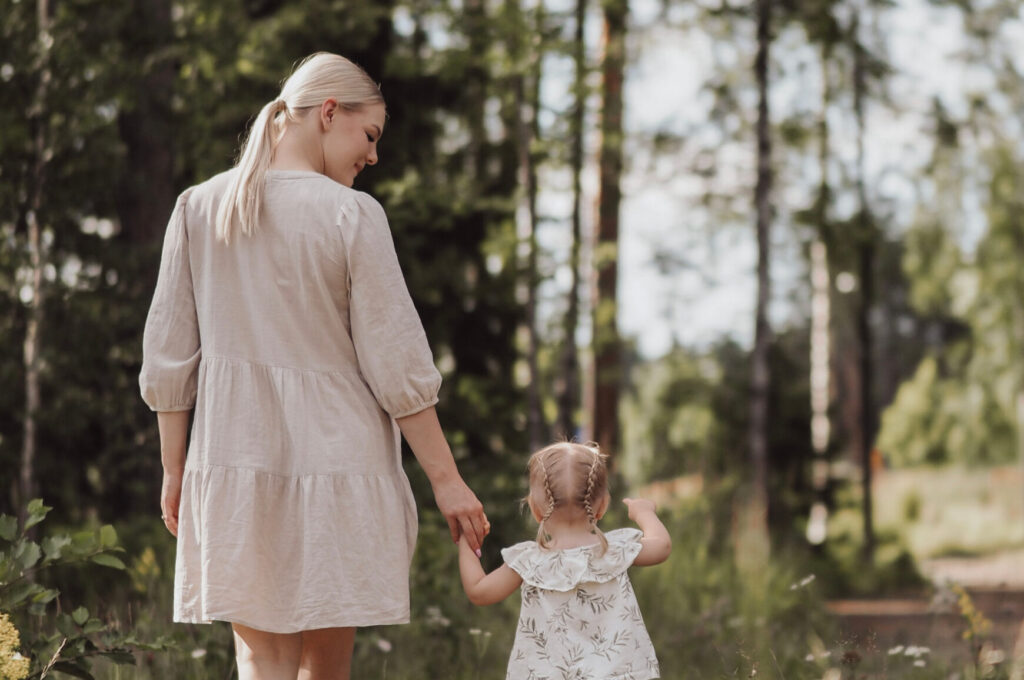
Mistakes to avoid: What you shouldn’t do in potty training?
When potty training, it is important to avoid a few common mistakes that can slow down progress and cause unnecessary stress. The first mistake is to start potty training too early, before the child is ready. If the child has not yet shown signs of readiness, practice can lead to frustration and resistance, making learning difficult. Another common mistake is to pressure or punish the child if they don’t succeed right away. This can cause fear and anxiety about using the potty, which impairs the learning process. Also, don’t make too many changes at once. Children can easily become confused if several new things come to them at once. That’s why it’s important to stick to a regular routine and be consistent. Also, avoid comparing your child with other children. Each child learns at their own pace, and comparison can cause unnecessary stress and feelings of failure. Remember that potty training requires time, patience and calmness. When you avoid these mistakes, you make the process more pleasant and efficient for both the child and yourself.
Creating a routine: This is how you make using the potty a daily habit
The daily habit of using the potty is achieved by creating regular routines. Start by taking your child to the potty at certain intervals, such as right after waking up, after meals and before going to bed. Consistency helps the child understand when to use the potty. Also observe the child’s natural signs of need, such as facial expressions or movements, and gently guide them to the potty at these moments. Always keep the potty easily accessible so that the child can easily access it. You can entice the child to sit on the potty by offering, for example, books or toys near it, so that they stay there for longer periods. Reward the child for successful potty visits and create a stimulating and calm environment. The goal is that the child does not feel pressured or anxious about using the potty. When the potty becomes part of the daily routine, the child learns to accept it as a natural part of life, which increases their independence and autonomy.
Always keep the potty easily accessible so that the child can easily access it.
Dealing with set backs in potty training: How to move forward from difficulties?
Set backs are a normal part of potty training, and handling them correctly is important. It is important to understand that every child has their own learning pace. In addition, lifestyle changes or new environments can cause temporary setbacks. When a child has a set back, avoid frustration and blame. Instead, offer support and encouragement to the child and remind them that learning is a process where every step – even a step backwards – is part of the journey. Return the child to the routine as quickly as possible and stick to regular potty times. You can reinforce good practices with praise and small rewards. Also look at the reasons for the set backs: has the child been tired, stressed or maybe bothered by health reasons? Understanding these reasons will help you adjust your approach. Give the child time to learn and stay positive and patient yourself. Patience and constant support help the child learn how to use the potty without unnecessary pressure or stress.
Potty training challenges: How to solve the most common problems and when to seek help?
Potty training can present many challenges, but handling them correctly is important to maintain the well-being of the child and the family. One common problem is a child’s fear or resistance to the potty. Make the pot more attractive, for example, by decorating it with the child’s favorite characters or by offering small prizes. If the child refuses to use the potty, shorten the training sessions and use encouraging praise and rewards to motivate. If the child cannot communicate their needs, this may indicate that they’re not yet ready for potty training. In this case, it can be a good idea to take a break and return to training later. Physiological problems such as constipation can also make potty training difficult. If you suspect that your child’s physical well-being affects potty training, contact your pediatrician. If potty training takes a really long time without progress, or if the child shows signs of high levels of fear or stress, consider professional help, such as a consultation with a pediatrician or child psychologist. Timely support can help find the best way forward and make potty training a positive experience.
Learn more about why your baby won’t poop and when you should be worried about it – you can find more information here!





